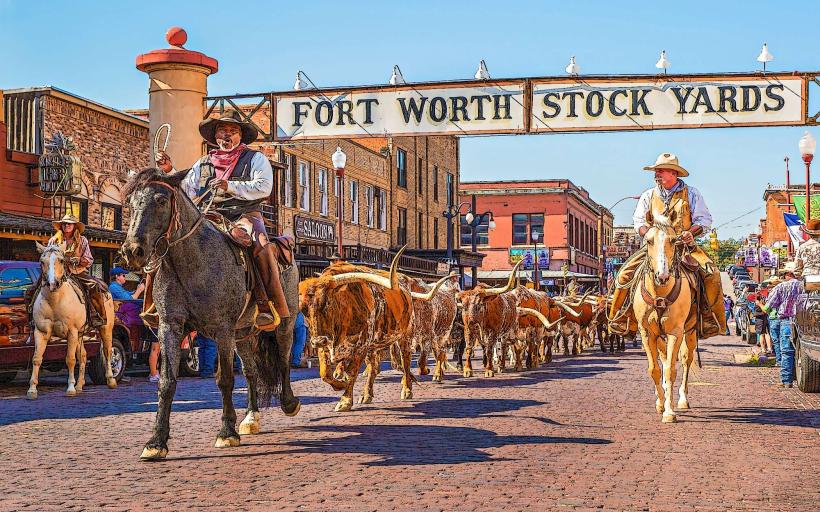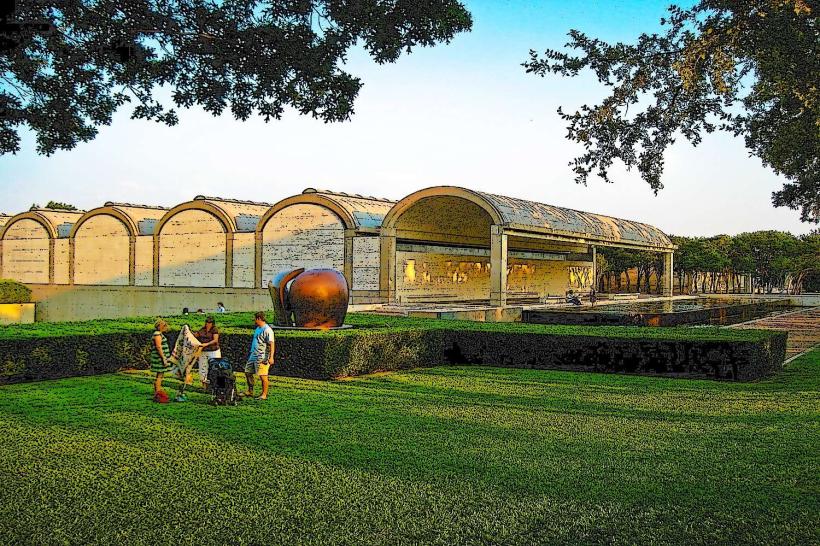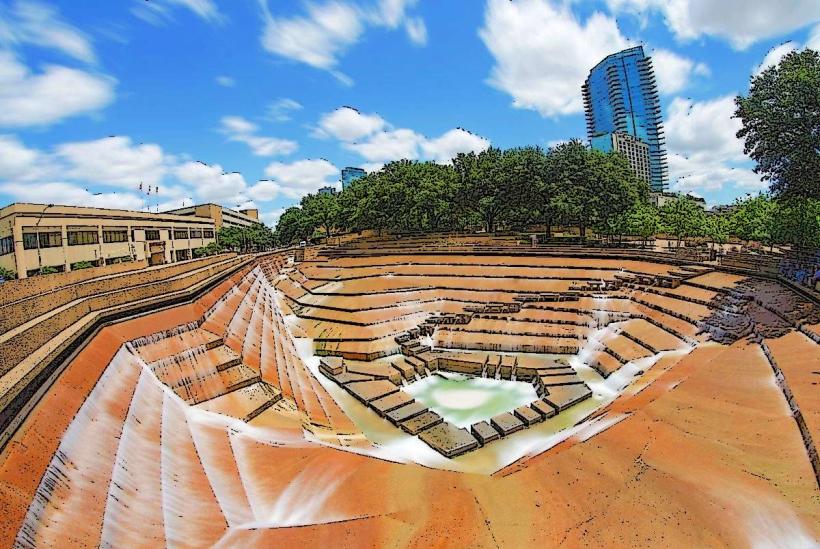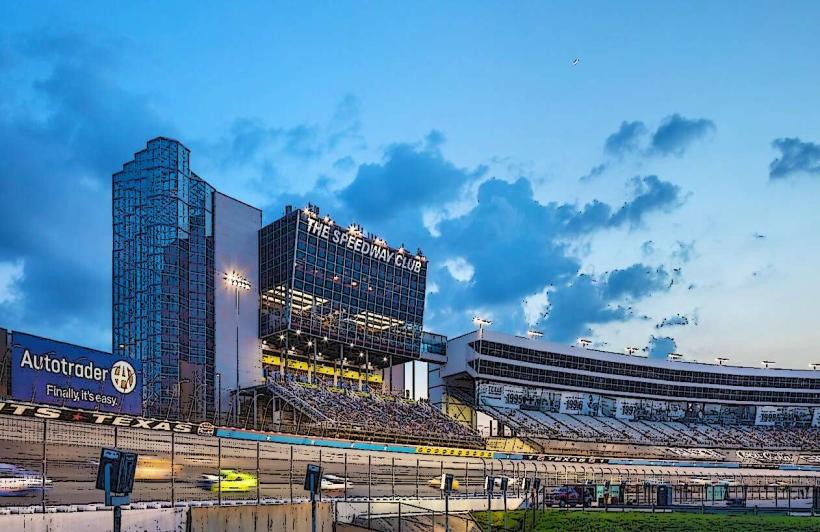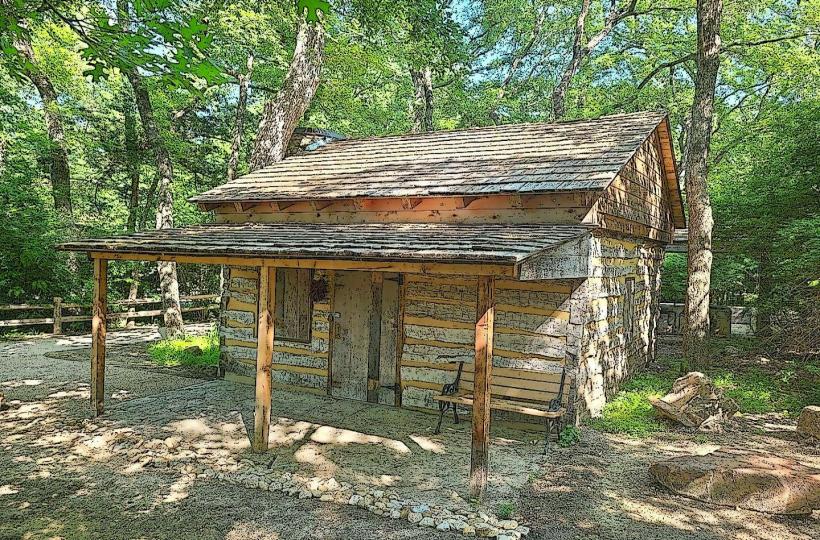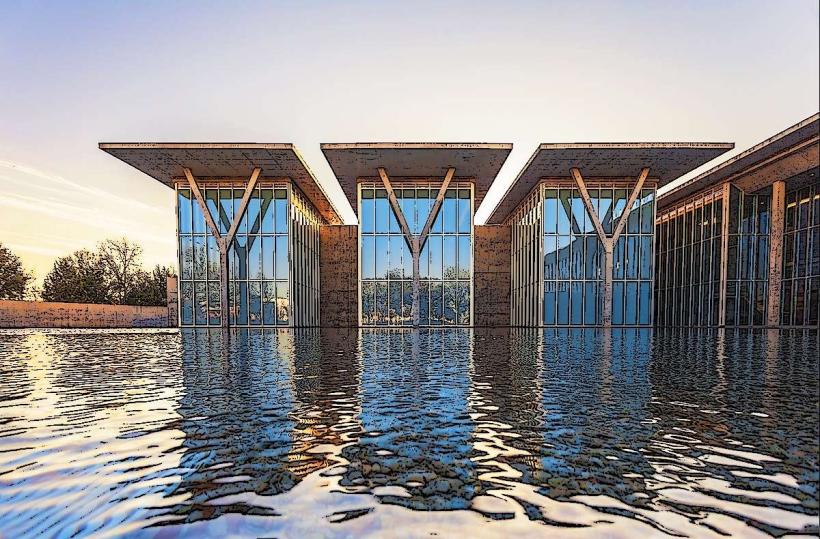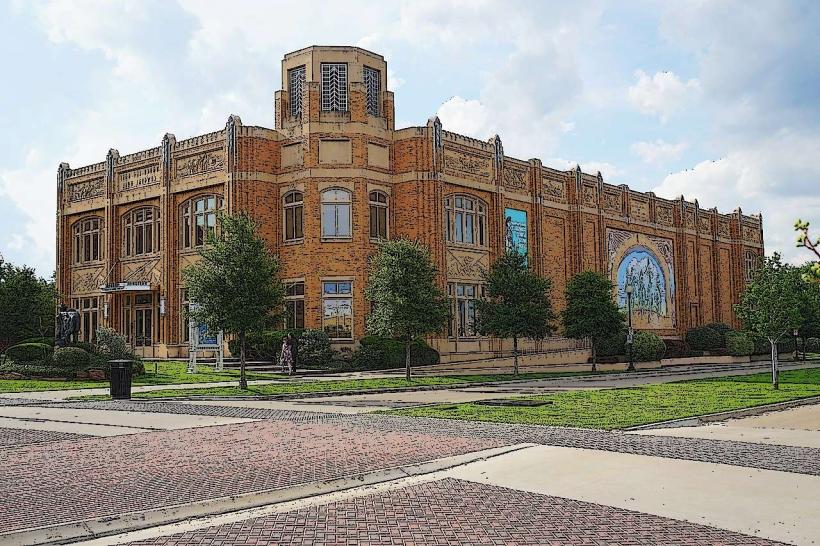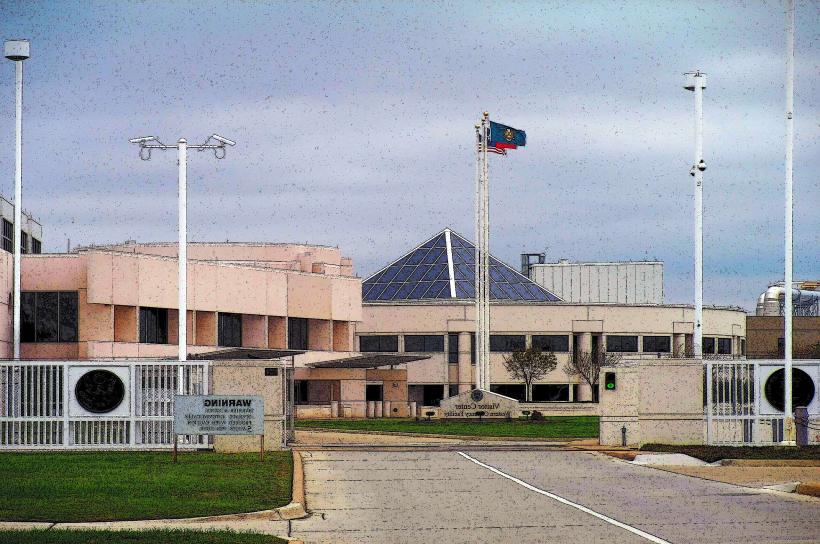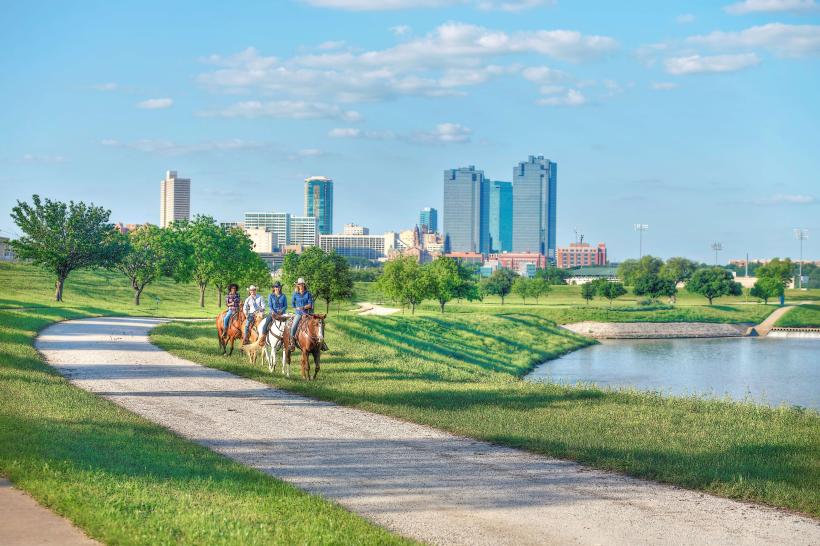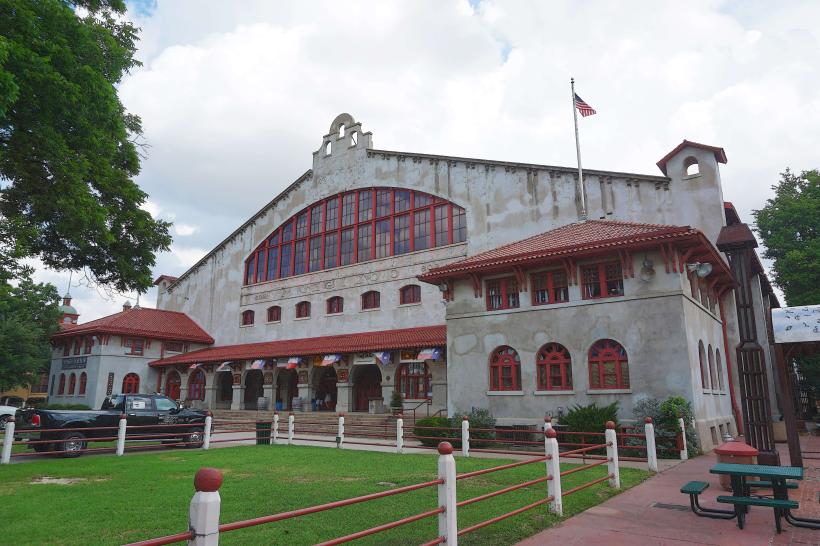Information
Landmark: Fort Worth ZooCity: Fort Worth
Country: USA Texas
Continent: North America
Fort Worth Zoo, Fort Worth, USA Texas, North America
The Fort Worth Zoo, established in 1909, is one of the most prestigious and beloved zoos in the United States. Located just minutes from downtown Fort Worth, Texas, it has evolved from a modest facility with a handful of animals into a world-class, 64-acre zoo that houses more than 7,000 animals across 500+ species. Its commitment to conservation, education, and innovative habitat design places it among the top-rated zoos nationally and internationally.
Origins and Development
The zoo began with just one lion, two bear cubs, an alligator, a coyote, a peacock, and a few rabbits. Operated initially by the city, it became privately managed by the non-profit Fort Worth Zoological Association in 1991. This transition led to a dramatic transformation, including the development of large-scale naturalistic exhibits, enhanced conservation programs, and broader educational outreach.
Major Exhibits and Habitats
1. Predators of Asia and Africa (opened in 2023)
One of the zoo’s newest and most ambitious exhibits.
Features naturalistic environments for apex predators such as:
Clouded leopards
African leopards
Striped hyenas
Malayan tigers
The habitats are lush, immersive, and built for both animal welfare and public education.
It includes overhead walkways, shaded viewing areas, and behind-the-scenes enrichment demonstrations.
2. Elephant Springs
An expansive, multi-pool environment for Asian elephants, including mud wallows, waterfalls, and shade structures.
Designed with elephant family dynamics and breeding in mind.
One of the few facilities in the U.S. that supports a successful breeding program for this endangered species.
Features elevated guest walkways and interpretive signage explaining elephant behavior and conservation.
3. African Savanna
Sprawling, 10-acre exhibit home to:
Giraffes (with feeding platforms)
Zebras
Ostriches
Springboks and greater kudus
Designed for a 360-degree viewing experience, this area replicates the open plains of Africa and offers shaded paths and an aviary with birds from the continent.
4. Museum of Living Art (MOLA)
A world-renowned herpetarium showcasing hundreds of reptile and amphibian species.
Home to Komodo dragons, poison dart frogs, puff adders, and saltwater crocodiles.
Features include life support systems mimicking global environments, from arid deserts to tropical rainforests.
One of the best reptile collections in the world, both in species richness and exhibit design.
5. Texas Wild!
Dedicated to native Texan wildlife and ecosystems.
Divided into multiple regions of Texas: Pineywoods, Brush Country, Gulf Coast, Mountains and Desert, and more.
Animals include:
Black bears
Red wolves
Mountain lions
Alligators
The Children’s Ranch and Petting Corral is part of this area, offering kids hands-on interactions with goats, sheep, and miniature donkeys.
6. Australian Outback and Great Barrier Reef
Features red kangaroos, emu, and cockatoos in open-air habitats.
Indoors, saltwater aquariums showcase coral reef species such as clownfish, blue tang, and sea anemones.
Offers educational exhibits about reef ecosystems and ocean conservation.
Conservation and Animal Welfare
The Fort Worth Zoo is deeply engaged in wildlife conservation, both domestically and internationally.
Louisiana Pine Snake Program: Actively breeds and reintroduces one of North America’s rarest snakes. Over 200 snakes released since 2015.
Asian Elephant Health: Participates in clinical testing of vaccines for EEHV (Elephant Endotheliotropic Herpesvirus), a lethal virus affecting young elephants.
Great Ape Care: Home to a troop of Western lowland gorillas. In 2024, a baby gorilla, Jameela, was born via emergency C-section—an extremely rare and complex veterinary feat.
Avian Conservation: Breeds endangered bird species like the Attwater’s prairie chicken, native to Texas and Louisiana.
Educational and Interactive Experiences
Zoo School: Offers on-site and outreach programs for students, covering biology, ecology, and conservation.
Keeper Chats and Demonstrations: Daily presentations let guests learn about animal care and natural behaviors.
Overnights and Summer Camps: Special programs for children and families to spend the night at the zoo.
Interactive Feeding Stations: Visitors can feed giraffes or interact with lorikeets in walk-in aviaries.
Seasonal Attractions and Amenities
Safari Splash: A seasonal 14,000-square-foot water park with water slides, splash pads, and a toddler zone.
Train and Carousel: A miniature train circles the zoo and a carousel features hand-painted animal seats.
Dining: Multiple eateries offer food and refreshments with both kid-friendly and healthy options.
Shaded Areas and Cooling Misters: Important for Texas heat, the zoo has been redesigned to ensure comfort during summer visits.
Visitor Information
Location: 1989 Colonial Parkway, Fort Worth, TX 76110
Operating Hours: Open daily, typically 10 AM to 4 or 5 PM (seasonal hours vary)
Admission:
Adults (13+): $16
Children (3–12): $12
Seniors (65+): $12
Children under 3: Free
Parking: $5 per vehicle
Accessibility: Fully ADA compliant with rentals available for wheelchairs and strollers
Summary
The Fort Worth Zoo is not just a place to view animals—it’s an educational, immersive, and conservation-driven facility. With its award-winning exhibits, species diversity, innovative animal care practices, and focus on guest experience, it continues to set standards in modern zoo management. Whether you're a wildlife enthusiast, a family with children, or someone interested in conservation science, the Fort Worth Zoo offers a comprehensive and enriching visit.

